#The Boer War
Text

Three generations of Boer fighters, during the South African War, 1899 - 1902. Boer composed of P.J. Lemmer (66 years old), D.L. Botha (15 years old), C.I. Pretorius (43 years old) armed with Mauser rifles.
#boer war#south africa#1900s#1890s#twentieth century#britain#circa 1900#circa 1901#great britain#1902#africa#africa history#british empire#mauser#soldiers#19th century#boer#the Boer war#photography#photoshoot#war history#history
18 notes
·
View notes
Text
The Boer War (1899-1902)
If the 1897 Diamond Jubilee is seen as the zenith of the British Empire, the Boer War is arguably the start of its collapse.
There are two conflicts with the name "Boer War", of which the second is by far the better known.
"Boer" is Afrikaans for farmer. The two wars are known as "the Freedom Wars" in the Afrikaans language and "the South African War" in the country itself.
More specifically, the Boers were Dutch farmers who emigrated from the Dutch and then British-controlled Cape Colony north and east into the Transvaal region that is now north-east South Africa, to get away from what they saw as an oppressive government. As well as the fact that the British abolished slavery, which they wanted to keep. So yeah. They were more specifically known as "Trekboers" or travelling farmers. Trek is of course where we get the term Star Trek from.
The first conflict from 1880-1881 started after a farmer refused to pay an illegally inflated tax, had his wagon seized - and his friends then assaulted the auction.
The Boers, better equipped, better trained and far more experienced at shooting than their British opponents, managed to defeat the latter in three major engagements. Unwilling to become engaged in a major conflict, London negotiated a peace deal that gave the South African Republic effectively full control over internal affairs, although the British retained control of external relations. This was the first time the British had lost a war to rebels since the American War of Independence.
Then gold was found in the region and an influx of immigrants, mostly British, turned up, seeking their fortune. Johannesburg emerged as a major community overnight. This caused a lot of tensions, even more so when the government in Praetoria (the SAR capital) denied the 'uitlanders' civil rights.
In 1896, Cape Colony Prime Minister Cecil Rhodes authorised Leander Starr Jameson to conduct a raid into the territory with the aim of triggering a revolution. The raid was badly botched, failed and caused massive embarrassment to the British government, especially when Kaiser Wilhelm II sent a congratulatory telegram to the SAR government... and telegrams showing Rhodes' involvement were found. Jameson, while lionised in the press, spent 15 months in Holloway for the raid.
Shortly after this, the Second Matabele War saw the British have to deal with an uprising by the Ndebele and Shona peoples in what is now Zimbabwe. They defeated it, but with many losses on both sides.
Tensions between the British and the Boers continued to grow after the Jameson Raid; the uitlanders did not see their rights improve, the Boers mistreated the African population, and a lot of the British establishment thought it would be an easy victory. The generals, for their part, did not.
The SAR had acquired high quality weaponry from Germany and France, including bolt-action Mauser rifles. The British Army for its part was in dire need of reform.
The war broke out in 1899 after an ultimatum from SAR leader Paul Kruger for the British to withdraw their forces from the border. The SAR had allied with the Orange Free State by this point.
The Boers had formed civilian militias called "commandos". They launched an invasion of the Natal and Cape Colony, soon putting British garrisons under siege. One notable such siege was at Mafeking, where the British commander was one Robert Baden-Powell, whose use of scouting, along the deception to make his defences look better than they were allowed his force to hold out for 217 days until relieved. He would later use his experience in scouting to form, well, the Scouting Movement.
After a series of major reverses, it was clear the British were going to need to send major reinforcements, recruiting a lot of volunteers - the biggest overseas force Britain had sent to date. They also removed their local commanders and put new ones in.
The sieges were lifted and Praetoria was captured on 5 June 1900 - at which point the Boers (along with foreign volunteers) moved to guerilla warfare, something that they were very adept at, in stark contrast to the British. However, harassment is not the same as taking and holding ground.
Both forces tried to minimise the involvement of people of colour due to fear of what would happen if they armed Africans, but personnel shortages meant they ended up being involved anyway, usually in supporting roles. Mahatma Gandhi, who was a civil rights activist there, formed a corps of volunteer stretcher bearers from the Indian population.
Realising that they were only controlling the territory that they were physically in, the British changed their tactics.
Firstly, they built fortified blockhouses and armoured trains to control their supply routes.
Secondly, the British adopted a "scorched earth" policy; they rounded up Boer and African civilians, placing them in concentration camps, while also systematically destroying farms, crops etc. that the Boer forces could use to supply themselves.
The Spanish had used concentration camps in Cuba earlier in the 19th century, but this was a much wider use. With little or no soap, along with dirty water, disease swept through the overcrowded camps, with over 46,000 dying in them, including a quarter of the Boers in them - African numbers interned were not properly counted. Emily Hobhouse exposed the horrific conditions, and the matter was taken up by domestic politicians. A government commission led by Millicent Fawcett then recommended major improvements, which were largely implemented and brought down the death rate, but the damage had been done by this point.
The brutal tactics were sadly effective; the Boers were beginning to give up. However, the British themselves were running out of time and money, so gave them a generous settlement in the 1902 Treaty of Vereeniging; while the SAR and Orange Free State would be absorbed into the British Empire, Dutch could be used in schools and courts, there would be a general amnesty and reconstruction aid would be given.
Self-government was also promised and granted; it was decided that the issue of black enfranchisement would not be discussed until then - and full enfranchisement would not come until 1993.
The war was controversial in the UK; it was opposed by the opposition Liberal Party. Lord Salisbury called a snap election in 1900 and won with a slightly reduced majority. The next election in 1906 was a massive defeat for them though.
The conflict also exposed the dire state of British public health - with up to 40% of volunteers for the war being rejected on health grounds. This spurred the creation of the National Insurance system.
Arthur Conan Doyle volunteered for military service in the conflict; but was turned down due to his age. Instead, he served for three months in a field hospital and then wrote two books about the conflict. The second one, defending Britain's involvement in the war, was felt by Doyle to be the work that got him his knighthood in 1902.
The war was also notable for one journalist who after being captured by the South Africans, managed to escape from behind enemy lines, using the publicity to get into Parliament on his second attempt. His name was Winston Churchill.
At 2022 values, the war cost Britain over £19.9 billion.
They had also had 26,092 soldiers killed to the Boers 6,189. As with all wars at this time, disease was the biggest killer.
#letters from watson#sherlock holmes#history#factoids#the boer war#the blanched soldier#blan#acd canon
33 notes
·
View notes
Note
17 looks like it might be nothing but Pain... so I gotta know/see more of it, please 👀
17: Edward; A Requiem in Steam...
Now, this is one I've had a few bits and pieces for, for a long time. The base concept is an AU of Edward's life following his construction in 1896 through to now, and everything that living for well over 100 years involves.
And for just a hint:
The sea spray flew up over the deck of the old boat, splashing all over the frightened young engine and leaving him shivering.
"How much longer, sir?" the engine asked quietly. He was ignored, the men on deck continuing their everlasting game of cards. The engine, still nameless, still afraid, gave up asking after a while. What use was there?
When the ship next made port, it was somewhere completely unlike anything the little English engine had ever seen. The harbour was thrumming with activity, cranes hauling crates of cargo up and off ships onto the quay, while little dirty engines and these giant, humped beasts dragged the freight about the port, not looking up at where the engine sat.
"Where... where are we?" the engine asked. To his surprise, someone actually answered - a gruff looking fellow with a patchy beard and a long scar down his left forearm, cleaving his tanned skin in two.
"We're in Alexandria," he grunted. "You're the poor sod continuing south."
"South? But... but I'm supposed to be heading to Barrow." The man laughed, a startled sound that emanated from deep in his gut and spilt out, trailing off into a hacking cough that only managed to startle the young engine further.
"Barrow? You've been commandeered, young thing! You're heading to Capetown!"
#ttte edward#railway series#a requiem in steam#ships#a snippet#ask answered#Who's ready for Edward angst?#The Boer War#The 1800s
23 notes
·
View notes
Text
Being a reenactor and being a big fan of Monstrous Regiment is so hard because I love every single piece of fan art but also. The uniforms. The epaulets. Why’s bunch of privates have double epaulets. I implore. I beg. I love you all so much. Kissing all MR artists with tears in my eyes.
#like. this is so nit picky#I literally returned some lace because the facings were the wrong shade of red#that being SAID#I love you all so much#but this is like my uneven picture in a room with a with moment#discworld#I also really like how some fan artists take inspiration from Crimean War uniforms (and Boer!!) while others lean more Napoleonic#and French Rev
60 notes
·
View notes
Text
I love trying to do historical research, you want an answer to a simple question like "could Jews serve in the British army in the 1880s" and you get back
Jews in the American Revolution
Jews in the American Civil War
Jews in World War I
Jews who fought for Nazi Germany
Thanks, that absolutely covers the time period and country I specifically asked for, couldn't have done it without you
#nobody wants to give me british military info for ANYTHING between the Crimea and WW I anyway#which is why I'm fucking stalled and can't plot this story any further bc my mc starts the story as a fucking soldier#and if he's still in the military later that will obviously hugely impact the story#but I can't make that decision because my time period is Screwed apparently#even when you specifcially search for FIRST boer war or use the more common 'transvaal rebellion' they STILL will only give info on the 2nd#and yes I've read 2 books about it which are the only sources of info on the war in the entire world and still need more info#but even just trying to figure out if one of the background characters could be jewish or not will never be figured out either#bc any info on the british military-- even its career structure-- is somehow nonexistent#I've even checked my college library#either people are purposely hiding this stuff#or there's some magical code word I have to apply to get even scholarly sources to reveal it to me#attempts to find people who know about it#or even contact a historical consultant have also not worked#historical consultants can only be reached by tv producers who must swear to then disregard anything a consultant might tell them
47 notes
·
View notes
Text



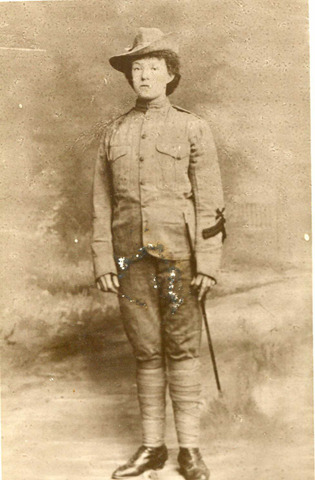
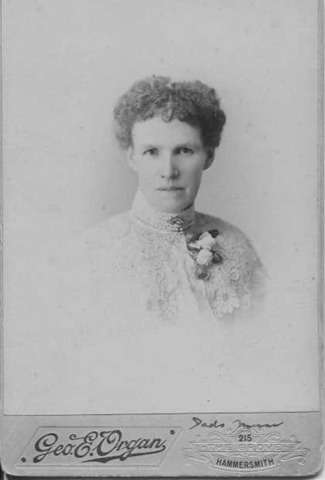

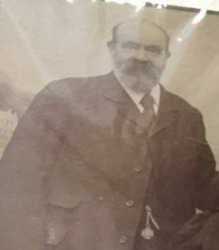
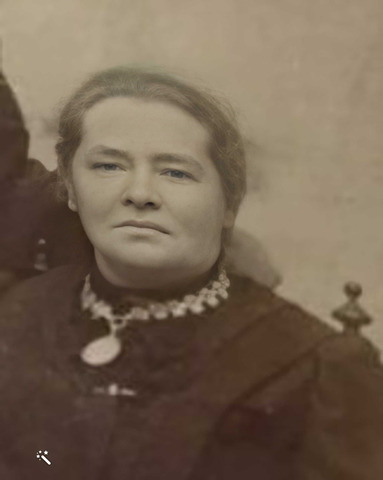
My maternal grandfather recently sent me these photos of his ancestors; Australians and Britons from the Tucker, Hinves, Crook, Masterman, Rowlands, and Sammells families. Alt text for more info.
129 notes
·
View notes
Text

They've done it once and they'll do it again.
#reminder#mutual aid#corporate greed#us politics#geopolitics#genocide#holodomor#boer war#plains indian genocides#just frickin most genocides have some starvation components
29 notes
·
View notes
Photo


Word of the day: HELIOGRAPH.
149 notes
·
View notes
Text



The Boer War was the first time armored trains were used in large numbers and with a proper doctrine in order to provide fire support, rapid reinforcement and protect the colonial railway from Commando raids.
38 notes
·
View notes
Text
I have to get the bus at ass o'clock in the morning but I can't stop thinking about Cora LEVINSON💜
#Also thanks to Downton I am thinking about the Boer Wars and the aristocracy and#The foundation of the Scouting movement#I want to put it in my fanfiction
9 notes
·
View notes
Text

Vintage photograph of a Victorian British soldier and his African manservant. From the era of the Boer war, in South Africa.
#boer war#south africa#1900s#twentieth century#africa#british soldiers#british army#boer#1910s#soldiers#war history#africa history#history
22 notes
·
View notes
Text

Royal Dublin Fusiliers Maxim gun crew at the battle of Spion Kop on 24th January 1900, during the Second Boer War. From the Royal Dublin Fusiliers Facebook page.
20 notes
·
View notes
Text
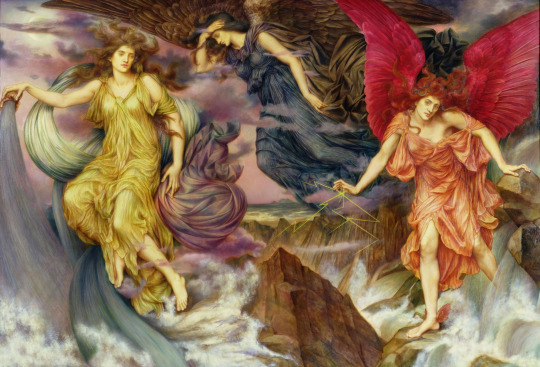
Evelyn De Morgan (1855-1919)
"The Storm Spirits" (c. 1900)
Oil on canvas
Pre-Raphaelite
In this painting the element of rain, thunder and lightning are personified as strong, beautiful female spirits, causing chaos and turbulence in the sea below them. To the left, dressed in yellow, is the spirit of Rain pouring grey water from a never-ending vial. To the right, Lightning – a red-winged figure with winged feet, hurls lightning bolts into the storm. At the top center is the spirit of the Thunderclouds, dressed in dark blue with her dark wings and draperies merging into the thunderclouds around her.
However, in the center of the image, is a small oasis of sanctuary, away from the pandemonium of the foreground, which offers a sense of hope for a calmer future. The painting was executed in the middle of the Boer War and as such, it can be read as a symbolic depiction of the chaos of war and hope for a return to peace.
#paintings#art#artwork#allegorical painting#allegory#evelyn de morgan#oil on canvas#fine art#pre raphaelite#pre raphaelism#english artist#british artist#woman artist#women artists#female artists#storms#art analysis#history#boer war#angels#angel wings#early 1900s#early 20th century
153 notes
·
View notes
Text
Bunny and Raffles go to war
CW for discussion of warfare and animal death.
Bunny and Raffles have decided to independently make their way to South Africa to fight in the Boer War on the British side. Raffles is a wanted fugitive and Bunny might not be able to volunteer anyway - his theft conviction would count against him.
There were a lot of "Uitlanders" in South Africa; these were foreign migrants, mostly British, who had worked in the South African diamond and gold industries, or adjacent to it. One reason for the war starting was because of their lack of civil rights under the Kruger government; it certainly made a good reason for public consumption. Retaining their loyalty to Britain, those in the Transvaal region i.e. the Boer-controlled area, had been ordered to leave. After what seems to have been a very hard journey, these refugees wanted to get back at the Boers and formed their own irregular regiments, albeit under British overall command. With a lot of experience of horse riding as part of their work, they were physically fit as well - something not always guaranteed to be found in volunteers.
Others came from Britain and elsewhere in the Empire to join them; Australia had limited space in its own contingent (the various states were rather poor) so many came out independently to join up, using their own money or getting others to provide the funds.
A modern equivalent, in a way, would be Ukraine's International Legion:
A list of these various units can be found here:
Light Horse Regiments were generally mounted infantry. Being aware that modern weaponry - repeating rifles, the machine gun and more accurate artillery - was marking cavalary more vulnerable on an open battlefield, the British and others moved towards mounted infantry.
Basically, these units would travel by horse between their areas of locations, rather than marching on foot. This enabled them to carry more supplies and also, if things got desperate, they had an extra food source. The British in any event lost a lot of horses to injury and disease, by not giving them time to adjust. When "Freddy", a horse that had been the sole survivor of its original contigent was presented to Queen Alexandra at Windsor, she asked why he wasn't wearing a medal. She then ordered he be given one and the War Office did so, with five clasps for the various battles he'd been in:
When it came to combat, mounted infantry got off their horses and fought on foot. If you could park the horses somewhere safe, that was ideal, but you might not be able to.
These continued to be used in both World Wars, then were largely replaced by vehicles. Their modern version might be a Humvee-using infantry unit.
6 notes
·
View notes
Text
The Star Trek series Deep Space Nine ran for 7 seasons and the last episode aired on June 2, 1999. The Dominion War came to an end in along with the ending of the series. The events took place in 2375. Captain Benjamin Sisko (Avery Brooks) lead an assult force that included Klingons and Romulans against Cardassia Prime and the Founders. It was a race against time as Kai Winn (Louise Fletcher) and Gul Dukat (Marc Alaimo) attempted to free the Pah Wraiths from the Fire Caves. The episode was the highest rated of the whole series and voted second favorite episode of the whole series. ("What You Leave Behind", Deep Space Nine, TV, Event)

#nerds yearbook#sci fi tv#june#1999#2375#st#deep space nine#deep space 9#star trek#gene roddenberry#rick berman#michael piller#hans beimler#allan kroeker#dominion war#avery brooks#captain ben sisko#rene auberjonois#constable odo#nicole de boer#dax#michael dorn#worf#klingon#cirroc lofton#jake sisko#colm meaney#miles o'brien#armin shimerman#quark
9 notes
·
View notes
Text
#OTD in 1916 – Easter Rising | Irish patriot, John MacBride, is executed by firing squad in Kilmainham Gaol.
Born in Westport, Co Mayo, MacBride travelled to America in 1896 to further the aims of the IRB, thereafter travelling to South Africa where he raised the Irish Transvaal Brigade, which became known as MacBride’s Brigade, to fight against the English during the Second Boer War where, as happened far too often in history, Irish fought against Irish. A larger number of Irish (whose sympathies led…
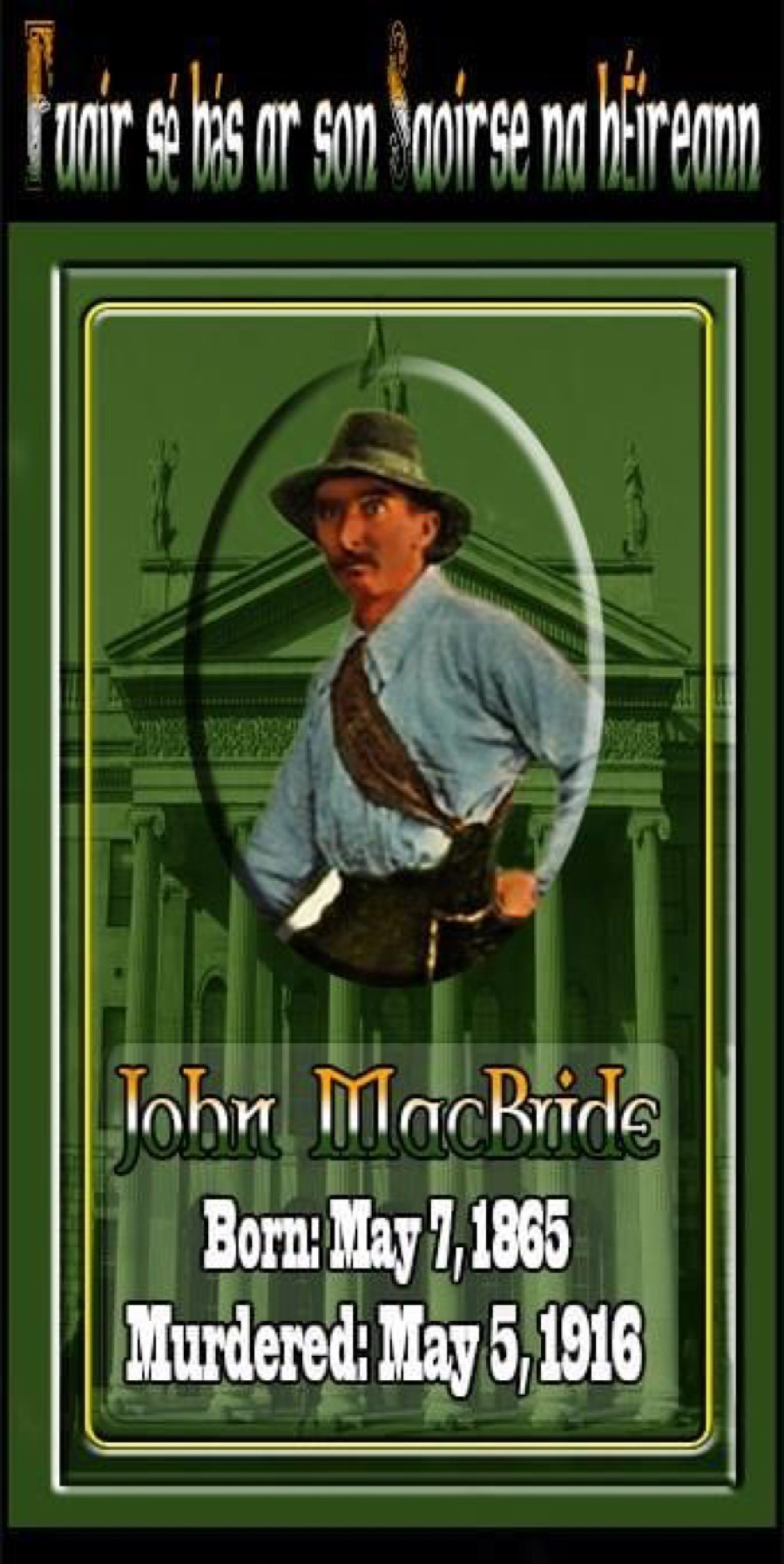
View On WordPress
#1916 Easter Rising#Boer War#Co. Mayo#Dublin#England#History of Ireland#Ireland#Irish Transvaal Brigade#Jacob&039;s Biscuit Factory#John MacBride#Kilmainham Gaol#MacBride&039;s Brigade#Major John MacBride#Maud Gonne#Thomas MacDonagh#Westport#William Butler Yeats
11 notes
·
View notes